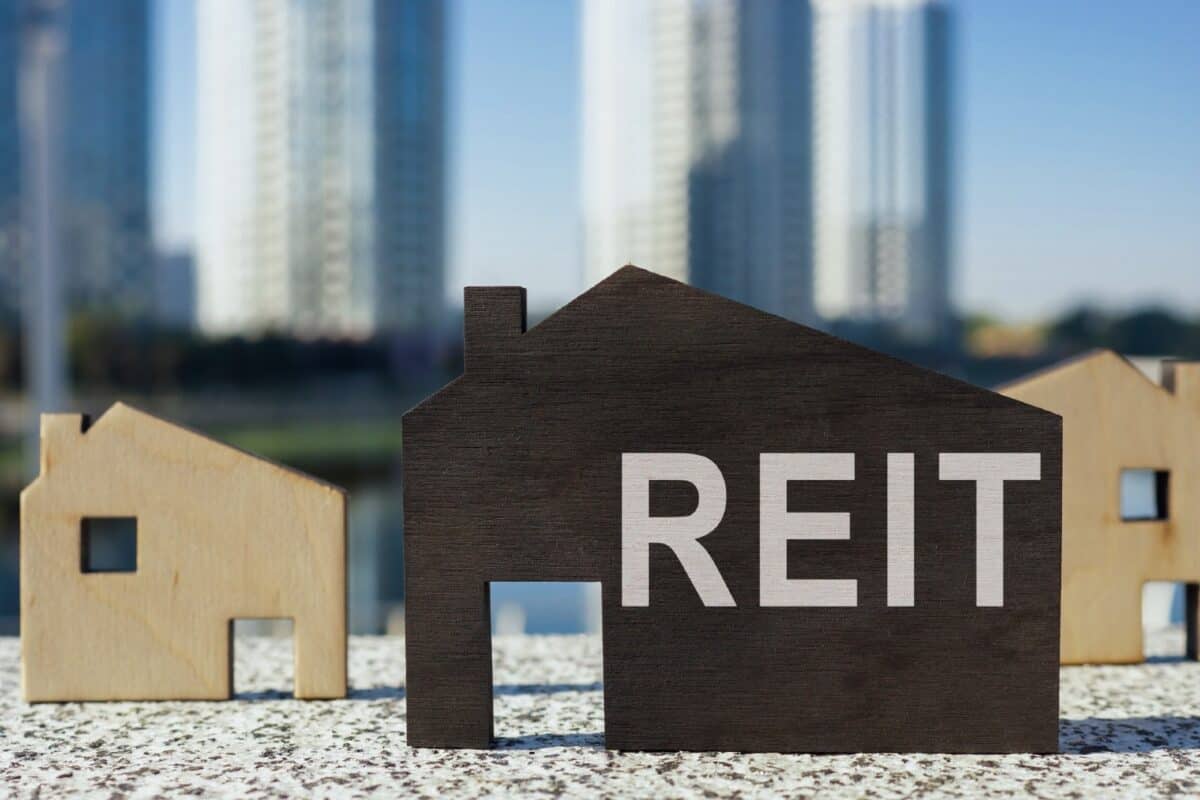Interest rates on savings have been coming down in the UK over the past couple of months. And that’s made life more difficult for income investors looking for shares to buy.
Lower rates have been causing share prices to rise, bringing down dividend yields. But I think there are a few passive income opportunities that still look attractive.
A UK REIT
Real estate investment trusts (REITs) make money by leasing properties to tenants. They don’t pay tax on the cash they generate, but they distribute 90% of their income to investors.
In the right circumstances, these can be attractive dividend opportunities. But I’ve been selling some of my REITs as the prospect of interest rate cuts pushes share prices higher.
One that I still have is Primary Health Properties (LSE:PHP). The company owns a portfolio of 514 GP surgeries located in the UK and Ireland.
The stock’s been volatile over the last couple of years, but the dividend yield’s currently around 7%. With interest rates coming down, I think that’s very attractive.
Please note that tax treatment depends on the individual circumstances of each client and may be subject to change in future. The content in this article is provided for information purposes only. It is not intended to be, neither does it constitute, any form of tax advice.
Quality tenants
The best REITs do three things. The first is maintain high occupancy levels, the second is attract tenants that don’t default on their rent, and the third is raise prices over time.
Primary Health Properties meets all three conditions. Over 99% of its portfolio’s currently occupied and this ratio hasn’t fluctuated much over time.
With 89% of its rent paid by government agencies, the chance of a default’s fairly minimal. At any rate, it seems unlikely its tenants are going to run out of cash.
Equally, the NHS is unlikely to struggle with incremental rent rises. This gives Primary Health Properties the capacity to increase its rates – and its dividend – over time.
What’s the catch?
I expect Primary Health Properties to be a durable source of passive income in future. But there are some important risks investors should be aware of.
The company has a lot of debt, which is a common concern. But I think the predictable nature of its rental income means this is less of an issue than it might be for other REITs.
A bigger risk – in my view – is the possibility of a change in government policy. This is the most plausible way in which NHS spending on primary care buildings might fall.
The UK government’s warned of a painful budget ahead. So investors should be mindful of how heavily the company relies on one particular source of income.
Investing £20,000
At today’s prices, £20,000 would buy 20,550 shares in Primary Health Properties. And with the business paying out 6.9p per year in dividends, that’s an annual second income of £1,417.
Of course, there’s scope to reinvest this to earn more over time. But that depends on what happens with the company’s dividend and its share price in the future.
What seems clear to me is that there’s still a good dividend yield on offer from what I see as a reliable business. That’s why it’s a stock I hold and would still buy today to start earning a second income.
This post was originally published on Motley Fool




